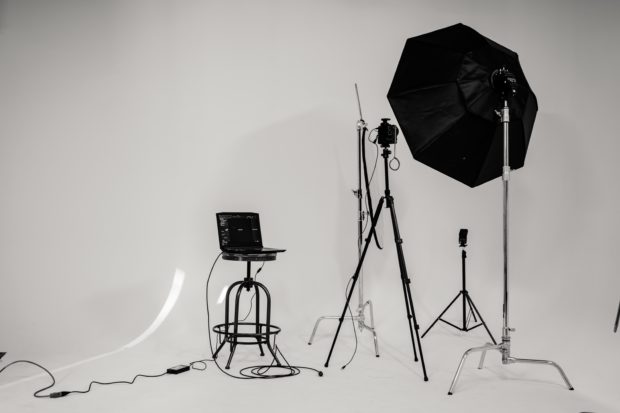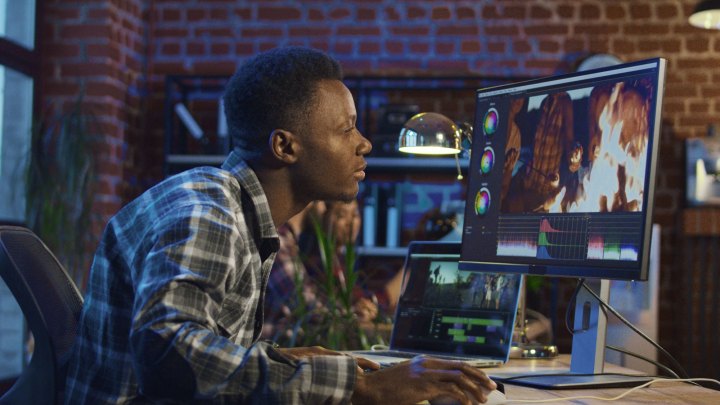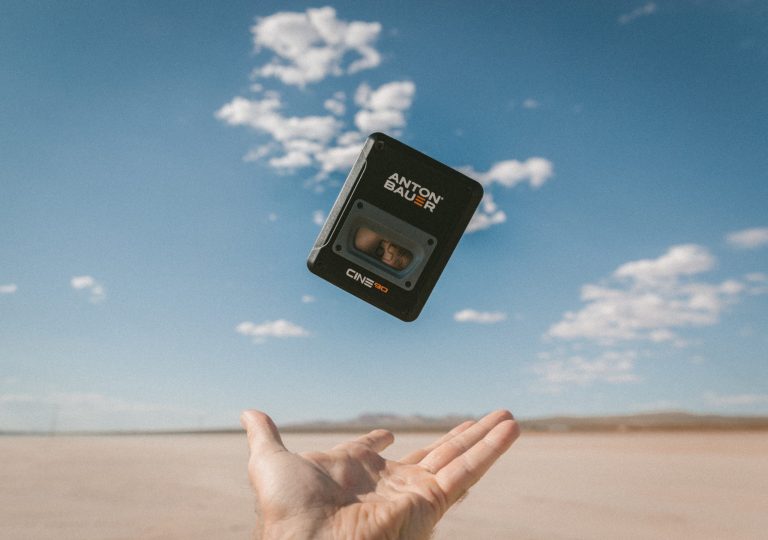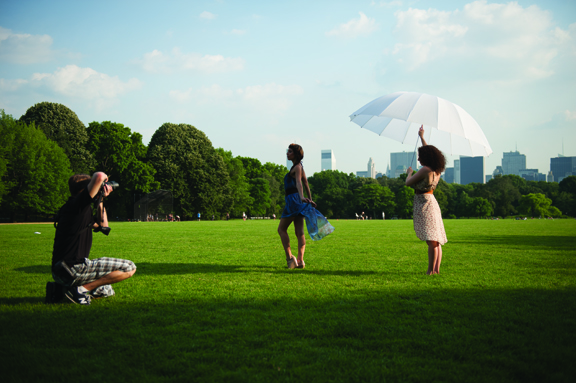
Thanks to blogs like Photoshop Disasters and the many, many err in editing judgment it points out, use of the Adobe photo-editing software has become something of a punchline. But Photoshop itself isn’t the problem; it’s how the tool is used, and by whom. For professional photographers, Photoshop isn’t about warping bathroom mirror selfies — it’s about creating beautiful images with subtle (and sometimes not-so-subtle) alterations after the fact.
Getting it right in-camera is the dream, sure — but Photoshop has allowed top photographers to expand their abilities and stretch the bounds of photography.
Learn how to retouch like the pros! Take your portraits to the next level reach your full creative potential. Learn More.

With the introduction of Photoshop, it felt like “the whole world opened up to us as photographers,” says food photographer Andrew Scrivani. “It bridged the gap between film and digital.”
“Photoshop is a tool I use every day,” he says, calling it “another tool in your lighting kit.” Neutrally-lit photos can be edited in a wide range of ways, from color correction to shadow emphasis, turning otherwise fairly average images into powerfully detailed masterpieces.
In addition to augmenting and correcting photographs, Photoshop Hall of Famer Dave Cross says that the software can also be viewed as a way to expand the horizons of photography itself.
“We were having the traditional, you know, ‘get it right in the camera vs. fix it later in Photoshop [discussion]’,” he said in an interview with Tamara Lackey, “and I sort of stuck my hand out and said, ‘I think you’re missing a middle part, which takes advantage of Photoshop to do things you can’t do in camera alone.’”
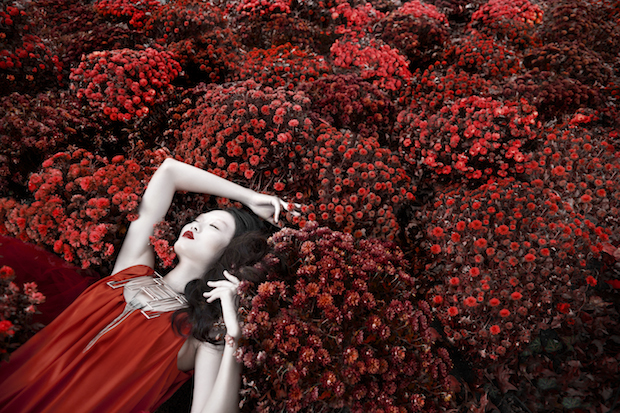
Fashion and portrait photographer Lindsay Adler agrees.
“Sometimes I have these — these grand ideas. But I don’t have much of a budget. So how do I make that become a reality? Well, what I do, is I become resourceful with Photoshop.”
For example, if Lindsay dreams of having her model laying in a bed of hundreds of flowers, but can’t afford to spend the money for that many blooms, she can clone and composite the image to create the exact effect she wants, without breaking the bank.
[embedded content]
CreativeLive CEO Chase Jarvis, who has shot for companies like Nike, Apple, and REI, says that Photoshop compositing can be extremely helpful in high-end advertising campaigns. But in an interview, he said the main reason that Photoshop is essential for photographers is that it acts as a kind of cushion during intense or highly active shoots.
“Photoshop allows me to really think of the moment,” explains Chase. “When you’re focused on the moment and on capturing that thing that might not ever happen again in the history of the world, getting the horizon right and getting the light — all that stuff — perfect doesn’t always happen. And in that case, Photoshop serves as a sort of safety net and really helps me in my job.”
Learn how to use Adobe Photoshop and Lightroom to enhance your images and correct the common problems that occur when photographing architecture. Learn More.



